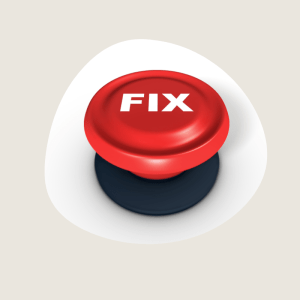Ever wondered how a free tool became one of the most powerful audio editors used by musicians, podcasters, and creators worldwide? Let’s explore the journey of Audacity—a story of innovation, community, and the belief that high-quality tools should be accessible to everyone.
What is Audacity?
Audacity is a free, open-source, cross-platform audio editing software used for recording, editing, and mixing sound. Known for its simple interface yet powerful capabilities, it supports multiple audio formats, effects, and plugins, making it a go-to tool for beginners and professionals alike.
The Origin of Audacity
The story of Audacity began in 1999 at Carnegie Mellon University in the U.S. when Dominic Mazzoni and Roger Dannenberg started developing a simple audio editing tool as a research project. By 2000, they released it as open-source software, allowing developers worldwide to contribute.
Audacity quickly gained popularity because:
- It was free and accessible to all.
- It worked on Windows, Mac, and Linux.
- It supported multi-track editing, a rare feature in free software.
Today, Audacity has been downloaded over 300 million times and remains one of the most widely used audio editors globally.
The Meaning Behind the Name
The name “Audacity” represents boldness and courage, fitting for a software that challenged the dominance of expensive, professional-grade audio editors. It embodies the spirit of freedom and accessibility, allowing anyone—from hobbyists to industry experts—to create high-quality audio content without cost barriers.
How Audacity Has Evolved
From its humble beginnings, Audacity has grown into a fully-fledged digital audio workstation (DAW) with features that rival paid alternatives:
- Multi-Track Editing: Work on multiple layers of audio for professional-quality projects.
- Noise Reduction & Effects: Remove background noise, add effects like reverb and echo, and fine-tune recordings.
- Support for Various Formats: WAV, MP3, FLAC, and more—no need for extra plugins.
- Plugin Support: Expand functionality with VST, LADSPA, and Nyquist plugins.
- Live Audio Recording: Record high-quality sound directly from a microphone or external sources.
Thanks to contributions from developers and audio professionals worldwide, Audacity remains a top choice for music production, podcasting, and sound design.
Challenges Faced and How They Overcame
Like VLC, Audacity has faced its share of challenges:
- Funding Struggles: Being free software meant no steady revenue, but donations and volunteers kept it alive.
- Legal & Privacy Concerns: In 2021, a controversy arose when Audacity’s new owner, Muse Group, introduced telemetry (data collection), sparking concerns over user privacy. The backlash forced them to clarify their policies and maintain trust.
- Keeping Up with Modern Features: Competing with paid DAWs like Adobe Audition and FL Studio is tough, but continuous community-driven updates have kept Audacity relevant.
Lessons for Entrepreneurs and Creators Alike
Audacity’s journey offers powerful takeaways:
- Solve Real Problems First: Like VLC, Audacity focused on usability, proving that free tools can still provide immense value.
- Trust Builds Loyalty: Users stuck with Audacity because it never imposed paywalls or intrusive ads. Integrity matters in both business and faith.
- The Power of Giving Freely: In a world obsessed with profits, Audacity thrives on the principle of freely giving—a Biblical principle that reminds us that serving others can lead to lasting impact.
- Community Over Competition: While paid alternatives exist, Audacity’s success shows that a dedicated community can create something just as powerful—without commercial pressures.
From a university project to one of the most widely used audio tools in the world, Audacity proves that accessibility, innovation, and community-driven efforts can change the game.
Have you ever used Audacity?
What’s your favorite feature?
Let’s discuss in the comments!

Okey Chigbu is a tech solutions expert. He helps business owners and personal brands grow and scale their brands using digital tools and solutions. He loves sharing valuable resources with his audience.














